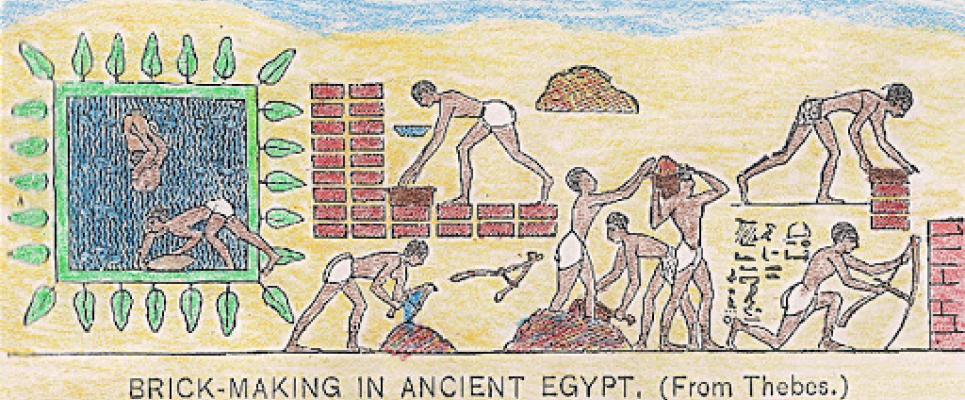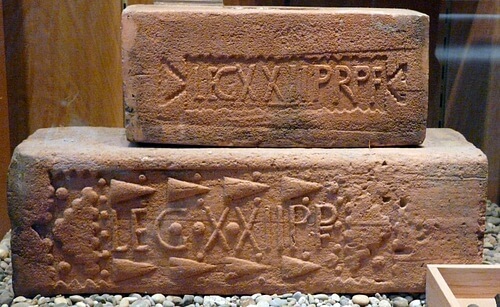History of Bricks

History of Bricks
Bricks dating back to 7000 years ago were first found in the Middle East. The first sun-dried bricks were made in Mesopotamia. In ancient times, a large amount of mud was deposited on the surface of the earth along the Tigris and Euphrates rivers after their eruption. These sediments had a special adhesion between them. After their water evaporated due to sunlight, cracks formed on their surface. The separated pieces, despite their irregularity, were used for building walls. It is noteworthy that the stoves of nomads (who were engaged in herding along the rivers) were gradually hardened under the influence of fire. This phenomenon led to the idea of baking the mud pieces and forming bricks with better resistance.

Brick-making in ancient Egypt

Engraving on bricks in ancient Iran
The use of bricks has spread from West Asia to west Egypt and then to Rome and east India and China. The Romans made use of fired bricks, and the Roman legions, which operated mobile kilns, introduced bricks to many parts of the empire. Roman bricks are often stamped with the mark of the legion that supervised their production. In the fourth century, Europeans began to use bricks. However, in the renaissance and baroque periods, the look of exposed brick became less popular and brick exteriors were often covered with render and plaster. But it came back in a big way in the early 19th century with the boom of the industrial revolution and the creation of simple brick housing.

Stamp marks of Roman legions

Colleseum of Rom
 Technoajor
Technoajor
